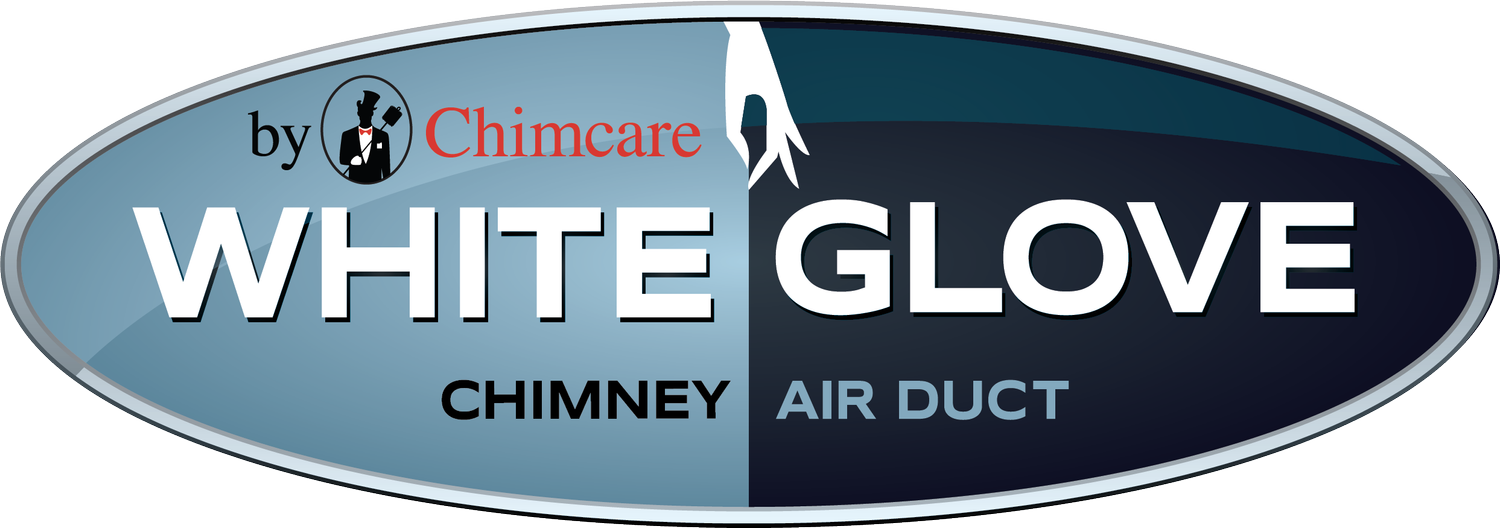What is a Clean Burning Woodstove? A Simple History
Metal woodstoves have been around since before Ben Franklin. In those days, pieces were cast and bolted together – like the Franklin Fireplace. These were a good step up from traditional fireplaces but leaked air through the joints and it was hard to control the burn. 200 years later in 1970’s America, as a response to the 1973 oil crisis, fabricators began to weld steel stoves, often called "airtight" because they didn’t leak air through the joints. Because, with previous stoves, it had been hard to control the burn, the prevailing ideas went the opposite direction – to be able to shut down the burn completely and let the fire simmer. This turned out to be very effective in the production of creosote and smoke. Fireplace inserts also made their debut during this time. After all, what could be better? You had a perfectly good chimney, a poorly performing fireplace, and a sizeable space in the home dedicated to wood burning.
By installing an insert, you used the chimney and the space already available and had an appliance that actually put out heat. Although the chimney and stove themselves were good, the relationship between them was bad due to sizing issues. This turned out to be another way to produce creosote.
The 1970's pioneers of woodstoves in America were generally "back-to-the-landers" who wanted to wean us off dependence on polluting foreign oil. But by the mid-1980s they were being called gross polluters and threatened with being put out of business if they couldn’t clean up the air. This lead to emissions testing and standards of stoves.
Oregon came out with the first emission standards in 1986 followed by the Feds the following year. Stove testing in the real world showed emissions averaging 48 grams an hour (gph) of PM10 (the size particulate you could inhale but couldn’t exhale). Manufacturers had until 1992 to meet the new emission standards. In the same real world testing, their new stoves averaged under 6gph of PM10 particulates! That’s a pretty good reduction in particulate emissions – from 48 to below 7.5. The modern "clean burning" stove era was born. The R & D and testing was expensive, and the industry went from hundreds of manufacturers to around 30. Today the standards have been lowered again – to 4.5 gph of PM2.5 – which should go into effect in 2020. This new standard allows for a lower number of even smaller sized particulates. Consumers today get appliances giving more heat for less fuel and smoke. That’s a clean burning woodstove! The new appliances have a lot of technology to reduce emissions and have a cleaner burn. One of the new features is the Green-Start self-lighting wood stove by Travis Industries. Push the button and a few minutes later you are at full burn – eliminating much of the dirty start up as well as the hassle.Come into the House Of Fire at 3128 Thorntree Dr., Chico, CA. and we’ll demonstrate it.
